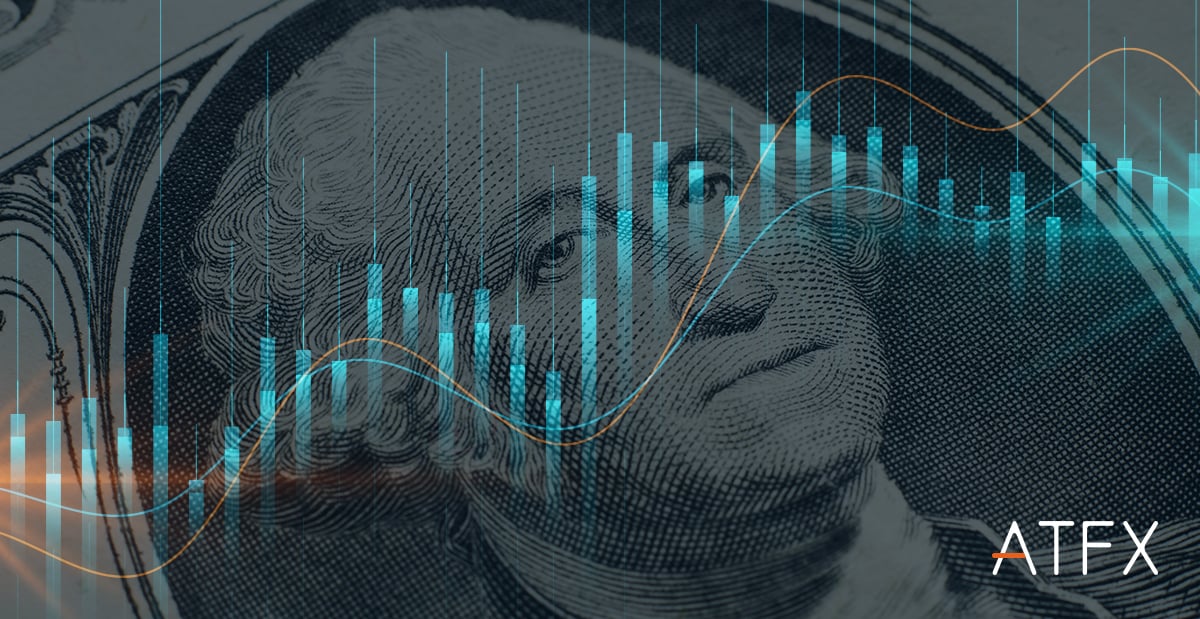After the US Federal Reserve issued its policy statement last week, the US dollar hit a three-week high of 96.95. Later, due to changes in the monetary policies of the two major central banks in Europe and Britain, the US dollar fell to the 96 level. Last Friday, comments from Fed Board members and the European Central Bank’s remarks about the Omicron COVID-19 variant weakened European currencies and other risk-sensitive currencies. As a result, the risk-off sentiment once again supported the U.S. dollar.
This week, the markets ushered in the Christmas holiday period, with the leading financial markets having only four trading days. As a result, most traders and investors are in a holiday mood, and market volatility is expected to be relatively limited. However, many European and American economic releases worthy of attention will be released this week.
First, the focus will be on the third-quarter GDP and core PCE data from the United States. Secondly, investors will be interested in the final value of the US consumer confidence index released by the University of Michigan. Finally, the market currently believes that the US economy’s outlook is more optimistic than expected, driven by the expected recovery of the labour market in the fourth quarter.
Hence, the economic growth may be more robust than initially expected. As a result, many believe that the US dollar’s upside may expand and test the 97 resistance level. On the other hand, if the U.S. data is not as good as expected, there may be a significant selloff in the US dollar index, giving the index a chance to retest 95.60.
The Reserve Bank of Australia may reduce debt purchases.
The RBA minutes received attention this past Tuesday because economic activity started recovering as restrictions were lifted, and concerns about the new virus eased with the success of vaccination campaigns. As a result, the market believes that the RBA may consider terminating or reducing its bond purchase plan early.
Therefore, it is expected that tapering may support the AUD/USD helping it reach 0.7230. On the contrary, if the Reserve Bank of Australia maintains its conservative approach, the Australian dollar versus the US dollar may fall to 0.7090, creating the opportunity to retest the 0.70 level.
After the Bank of England unexpectedly raised interest rates, investors will pay attention to the final value of the UK’s third-quarter GDP data and the current account set to be announced on Wednesday. In addition, the British government has launched new policies to control the spread of the COVID-19 pandemic, and the central bank started raising interest rates. Therefore, it seems inevitable that there will be a slow down in the pace of economic recovery in the United Kingdom, putting further downward pressure on the pound.
Technically, the British pound versus the US dollar was rejected after testing the 1.3374 level. However, if the performance and expectations of the British economic data slow down significantly, the pound versus the US dollar may hit the 1.3170 support level or much lower.


